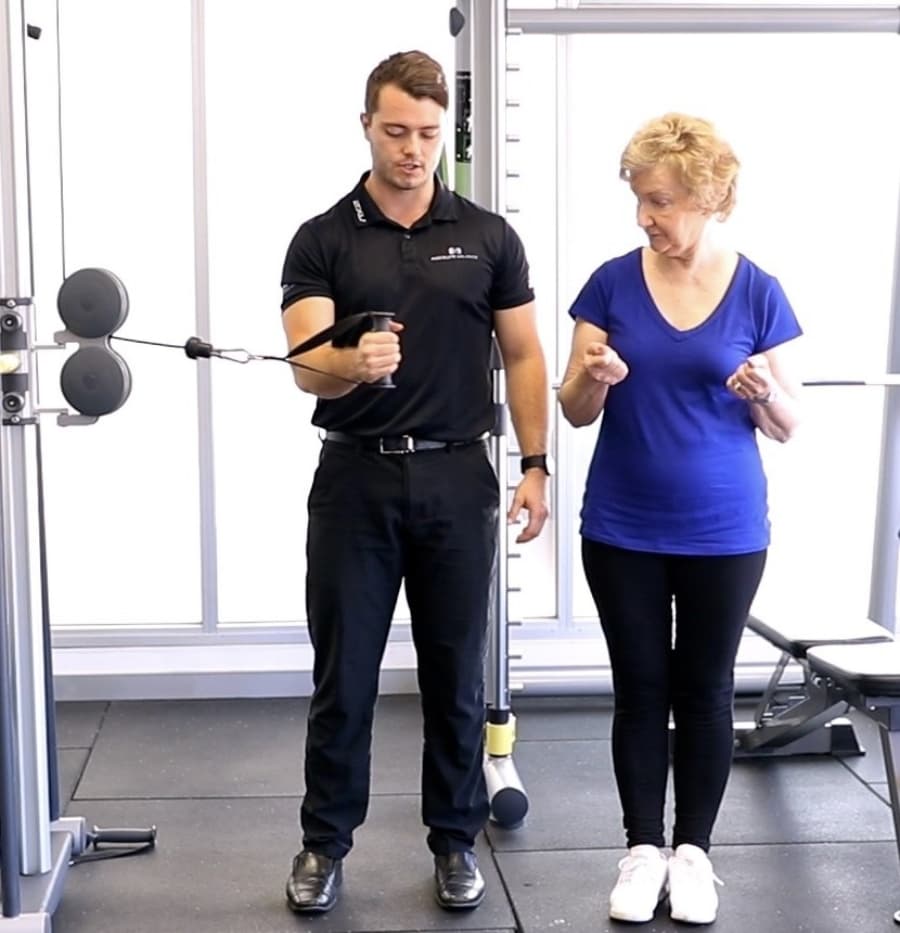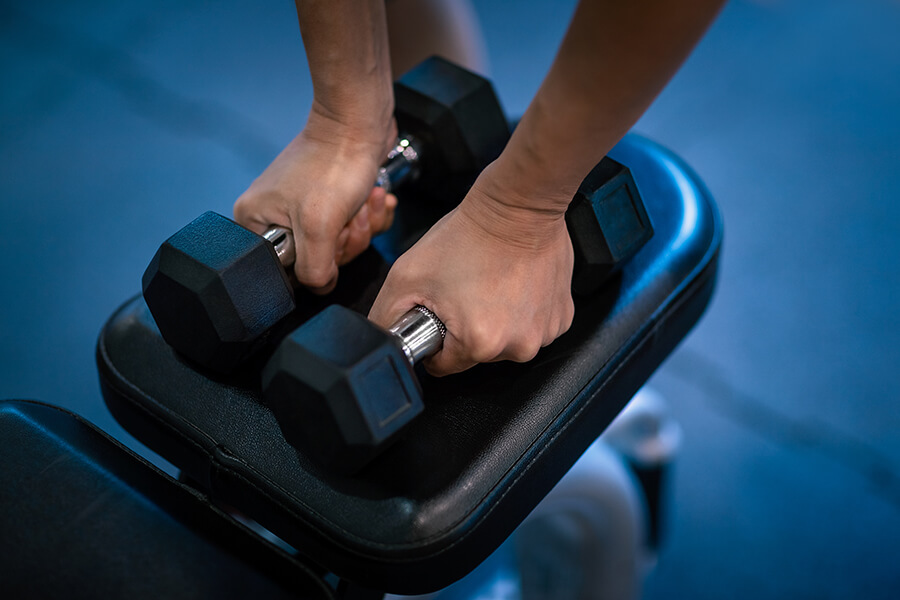- Dr David Colvin
The Role of Exercise in Rehabilitation
exercise in rehabilitation
The benefits of exercise have long been recognised, and go well beyond the physical gains. I’ve been talking to Ryan O’Connor from Absolute Balance Exercise Physiology about the role of exercise in injury management.
 Ryan, you might be surprised to hear that many doctors do not know what an Exercise Physiologist does.
Ryan, you might be surprised to hear that many doctors do not know what an Exercise Physiologist does.
Put simply, Exercise Physiologists specialise in prescribing exercise programs for the prevention and management of diseases and injuries.
Whilst I am not surprised I am certainly encouraged by a growth in awareness over the years and from even a few months ago. Accredited Exercise Physiologists (AEP’s) graduate after 4 years of clinical training. AEPs are university qualified allied health professionals equipped with the knowledge, skills and competencies to design, deliver and evaluate safe and effective exercise interventions for people with acute, sub-acute or chronic medical conditions, injuries or disabilities. Pathology domains covered by the services of AEPs include musculoskeletal, cardiovascular, metabolic, neurological, cancers, renal, respiratory and mental health. These are all conditions for which there is evidence that exercise can improve the client’s clinical status.
At Absolute Balance Exercise Physiology Group we are specialists in exercise rehabilitation for musculoskeletal injuries. Where we differ from Physiotherapists is “modalities” and “phases” of treatment of a musculoskeletal injury. An AEP works predominantly in the “chronic phase” of injury management, and uses only “active modalities” (exercise). Physiotherapy is appropriate in the “acute phase”, and incorporates “passive“ modalities (manipulation, massage).
So where does exercise physiology fit into an injury management plan?
Well, this is interesting and where the most movement in the industry has occurred in the last 5-10 years. All stakeholders within injury management now see such immense value in exercise interventions sooner rather than later on an injury management plan.
Stakeholders want outcomes and no unnecessary delays in treatment, or overtreatment. They want providers that closely following the clinical framework to empower the injured worker to self-manage their condition, link rehabilitation to the RTW goals, use evidence-based treatment, and adopt a biopsychosocial approach. Where exactly it fits into each injury and individual obviously varies. However, medical professionals are seeing exercise rehabilitation as option 1 more often now, which is great for the client and for outcomes. This has led to a profound effect on the industry.
It is rare now that an Accredited Exercise Physiologist wouldn’t be on a workers compensation claim, engaging the client early in exercise rehabilitation. There is obviously still a need for passive modalities in the acute phase with certain injuries. However, the key is the transfer to exercise-based rehabilitation at some point in the recovery, and sooner rather than later is better for all involved. What I would like to see is both AEP’s and Physios working closely and at times concurrently to achieve better outcomes for the injured worker. This is beginning to happen more now, which is really encouraging.
What are the advantages of exercise physiology?
Empowerment to self-manage their condition is the key advantage. Exercise-based rehabilitation allows the client to take more control over their own health and recovery. This also leads to better outcomes from a psychosocial aspect. The patient feels better, they have more control, they are engaging in their own return to work plan, and feel better for it. They are out in the community establishing a regular routine rather than based at home. It improves other risk factors and comorbidities such as diabetes, cholesterol, and hypertension.

Where is the rehab done?
Offsite at a gym near the patients home predominantly. During the COVID-19 crisis, we were able to commercially clean our clinic daily and bring patients in for 1-1 sessions, which was handy. We also used a blend of telehealth and park sessions (depending on weather). What we noticed regarding telehealth is that it can’t be a long-term solution.
Humans crave interactions with other humans and with rehab being so dependent on rapport building and trust we found this only strengthened our position on completing as much face to face treatment as possible, whilst remaining safe. We also use an app for the client to track pain, measure compliance and prescribe home-based exercise rehabilitation programs.
Some of my older patients are intimidated by the idea of gym-based exercise; how do you approach that?
We break down barriers as their perceptions are very different from reality. Gyms have a blend of old, young, fit vs unfit, clinical populations and apparently healthy. To be honest, there are more senior West Aussies in gyms than young people and not just because we have an ageing workforce. Once they do one session they soon become quite comfortable in this environment.
 Is it “Occupation specific“ rehab?
Is it “Occupation specific“ rehab?
It most certainly is. Exercise rehabilitation is used to get someone back to the pre-injury functional capacity for their respective role.
Our rehab programs are geared towards the critical physical demands of the role.
If they are being redeployed we reverse engineer the program to fit with the pre-employment medical requirements.
How do you track results?
We use evidence-based tools to measure functional capacity and give the treating physician numbers so that they feel confident to increase capacities and increase lifting restrictions etc. The aim is to gradually continue to do this until the physician can issue a final medical certificate, all going well.
How does it work for complex cases with multiple problems?
Then it depends on the network of people you align yourself with and how good your multidisciplinary team is. We get experts in their respective fields whose values align with ours so that the patient receives the very best care.
The great thing about exercise-based rehab is that it is an holistic, “whole body“ approach, which makes it perfect for the complex case with multiple problems.
Ryan O’Connor
Absolute Balance Exercise Physiology
www.absolutebalance.com.au
Conclusion
Thank you Ryan. More and more I am convinced that it is critical to harness the secondary benefits of exercise – including improved pain control, mood elevation and weight loss – for successful post operative rehabilitation and return to work.
